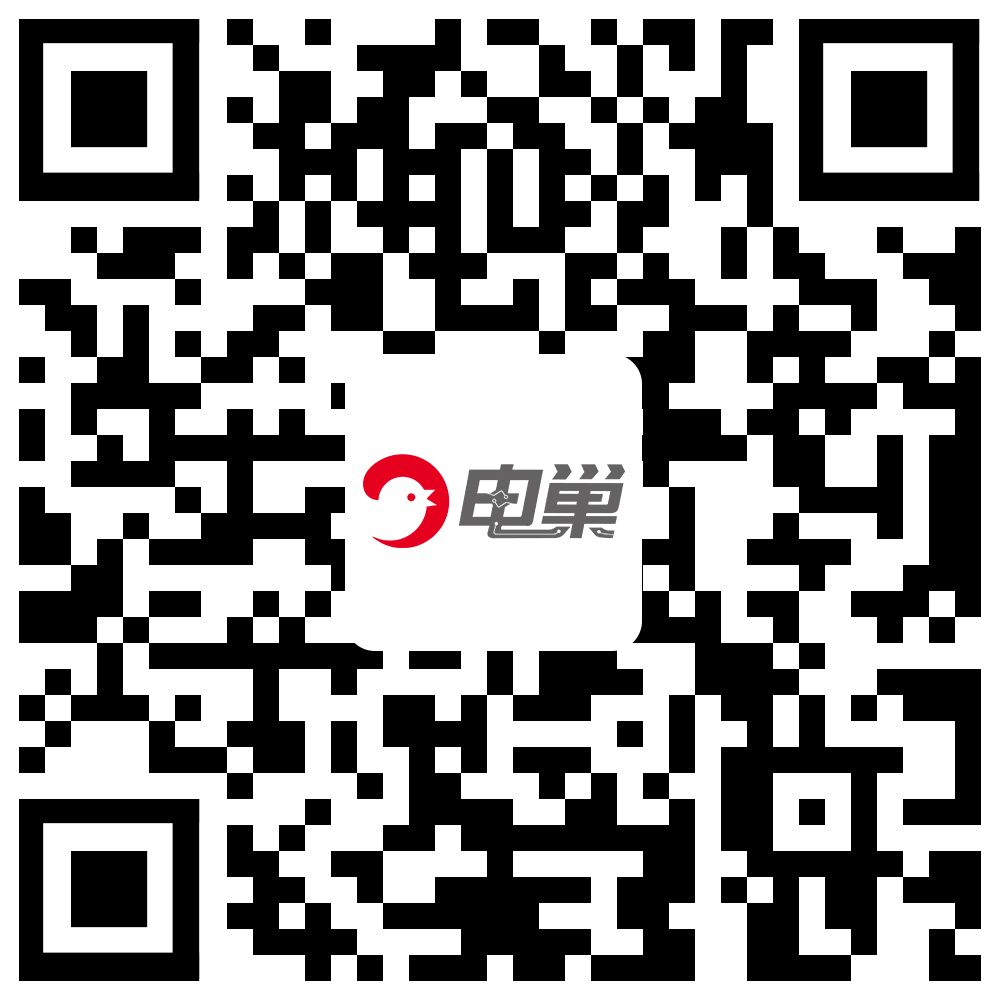QTouch
The QTouch? devices are charging a sense electrode of unknown capacitance to a known potential. The electrode is typically a copper area on a printed circuit board. The resulting charge is transferred into a measurement circuit. By measuring the charge after one or more charge-and-transfer cycles, the capacitance of the sense plate can be determined. Placing a finger on the touch surface introduces external capacitance that affects the flow of charge at that point. This registers as a touch. QTouch? microcontrollers can also be set up to detect the proximity of a finger, rather than absolute touch.
Signal processing in the decision logic makes QTouch? robust and reliable. False triggering due to electrostatic spikes or momentary unintentional touch or proximity is eliminated.
QTouch? sensors can drive single or multiple keys. Where multiple keys are used, each key can be set for an individual sensitivity level. Keys of different sizes and shapes can be used to meet both functional and aesthetic requirements.
QTouchTM technology can be deployed in two ways, normal or ‘touch’ mode and high-sensitivity or ‘proximity’ mode. The highly sensitive charge transfer proximity sensing is used to detect an end-user’s approaching finger, and have the user interface interrupt the electronic equipment or electrical appliance to initiate a system function.
For excellent electromagnetic compatibility, QTouch? sensors use spread-spectrum modulation and sparse, randomized charging pulses with long delays between bursts. Individual pulses can be as short as 5% or less of the intra-burst pulse spacing. The benefits of this approach include lower cross-sensor interference, reduced RF emissions and susceptibility, and low power consumption.
QTouch? devices feature automatic drift compensation to account for slow changes due to ageing or changing environmental conditions. They have a dynamic range of several decades and do not require coils, oscillators, RF components, special cable, RC networks, or a lot of discrete parts. As an engineering solution QTouch? is simple, robust, elegant, and affordable.
Where several touch keys are close together, an approaching finger causes a change in capacitance around more than one key. Quantum’s patented adjacent key suppression – AKS? - uses an iterative technique to repeatedly measure the capacitance change on each key, compare the results and determine which key the user intended to touch. AKS? then suppresses or ignores signals from all other keys, providing that the signal from the selected key remains above the threshold value. This prevents false touch detections on adjacent keys. AKS? is selectable by the system designer.
Signal processing in the decision logic makes QTouch? robust and reliable. False triggering due to electrostatic spikes or momentary unintentional touch or proximity is eliminated.
QTouch? sensors can drive single or multiple keys. Where multiple keys are used, each key can be set for an individual sensitivity level. Keys of different sizes and shapes can be used to meet both functional and aesthetic requirements.
QTouchTM technology can be deployed in two ways, normal or ‘touch’ mode and high-sensitivity or ‘proximity’ mode. The highly sensitive charge transfer proximity sensing is used to detect an end-user’s approaching finger, and have the user interface interrupt the electronic equipment or electrical appliance to initiate a system function.
For excellent electromagnetic compatibility, QTouch? sensors use spread-spectrum modulation and sparse, randomized charging pulses with long delays between bursts. Individual pulses can be as short as 5% or less of the intra-burst pulse spacing. The benefits of this approach include lower cross-sensor interference, reduced RF emissions and susceptibility, and low power consumption.
QTouch? devices feature automatic drift compensation to account for slow changes due to ageing or changing environmental conditions. They have a dynamic range of several decades and do not require coils, oscillators, RF components, special cable, RC networks, or a lot of discrete parts. As an engineering solution QTouch? is simple, robust, elegant, and affordable.
Where several touch keys are close together, an approaching finger causes a change in capacitance around more than one key. Quantum’s patented adjacent key suppression – AKS? - uses an iterative technique to repeatedly measure the capacitance change on each key, compare the results and determine which key the user intended to touch. AKS? then suppresses or ignores signals from all other keys, providing that the signal from the selected key remains above the threshold value. This prevents false touch detections on adjacent keys. AKS? is selectable by the system designer.
 相关数据
相关数据
135次
 被浏览次数
被浏览次数
 被浏览次数
被浏览次数
1次
 编辑次数
编辑次数
 编辑次数
编辑次数
|APP下载
 下载电巢APP
随时随地看更多电巢视频
下载电巢APP
随时随地看更多电巢视频
|专家解答
 关注公众号与专家面对面
关注公众号与专家面对面


 APP下载
APP下载 登录
登录







